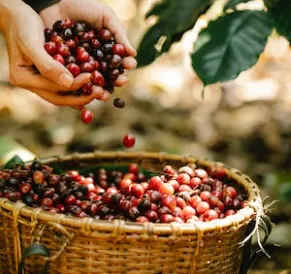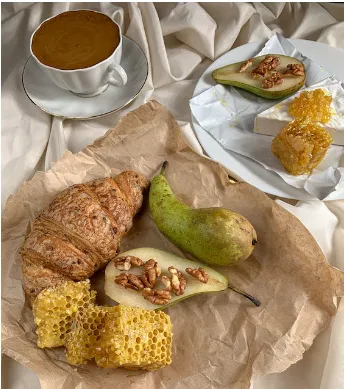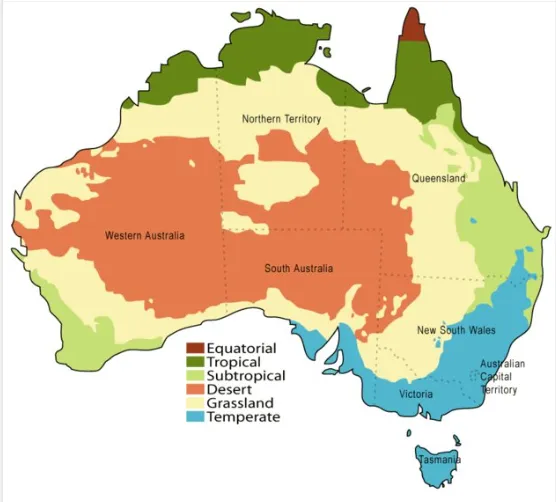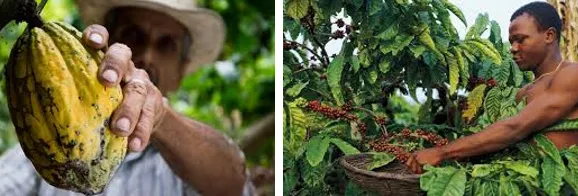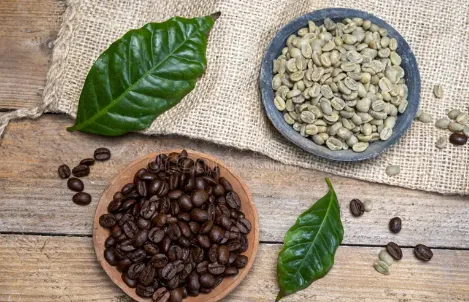Sipping Sunshine: A Journey through the Central American Regions
Introduction: The Third Article in Our Series About the Coffee Regions of the World
In the world of coffee, Central America stands out as a powerhouse, boasting a rich tapestry of coffee-producing regions that contribute to some of the finest beans globally. From the misty mountains of Guatemala to the volcanic soils of Costa Rica, each country in the region brings a unique flavour profile to the cup. In this exploration, we'll traverse the diverse landscapes of Central America, delving into the terroir, bean varieties, and the vibrant markets that define the coffee culture of this captivating region.
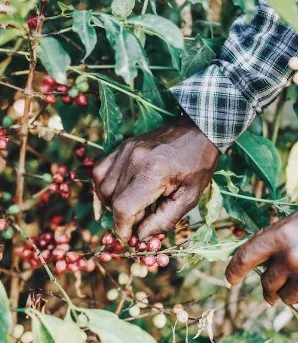
Guatemala: The Land of Eternal Spring
Nestled between the Pacific Ocean and the Caribbean Sea, Guatemala is a land of volcanic landscapes and indigenous traditions. The Guatemalan coffee scene is synonymous with Antigua, a region known for its consistently high-quality beans. The volcanic soil and altitude contribute to a cup with a bright acidity, full body, and distinctive notes of cocoa and spice. As the beans ripen slowly under the shade of guava trees, they absorb the essence of the land, creating a flavor profile that is both complex and satisfying.
Costa Rica: Pura Vida in Every Sip
Costa Rica, with its commitment to sustainable practices, has earned a reputation for producing clean, bright coffees. The high-altitude regions, such as Tarrazú and Naranjo, contribute beans with a lively acidity and a honey-like sweetness. The volcanic soils, combined with meticulous processing, result in a cup that captures the essence of Pura Vida – the pure life. Costa Rican coffee, often featuring tasting notes of citrus, berries, and hints of chocolate, has found a dedicated fan base among those who appreciate a well-balanced and vibrant brew.
Honduras: Hidden Gems in the Highlands
Honduras, though sometimes overlooked, has been quietly making its mark on the coffee world. The mountainous terrain and diverse microclimates create a range of flavour profiles. Beans from the Copán and Marcala regions, for example, showcase a delightful combination of fruity notes and a medium body. As Honduras continues to invest in quality processing methods, its coffee has been gaining recognition for its versatility and depth of flavour, making it a rising star in the Central American coffee scene.
Nicaragua: Balancing Act in the Shade
Nicaraguan coffee, often grown under the protective canopy of shade trees, benefits from a slower maturation process. The Segovia and Jinotega regions produce beans with a well-balanced acidity and a distinctive profile marked by floral and fruity notes. As the country focuses on sustainable and organic farming practices, Nicaraguan coffee has carved a niche for itself among those who appreciate a cup that reflects the harmony between agriculture and nature.
El Salvador: A Symphony of Altitude and Varietals
El Salvador, with its high-altitude coffee farms, is a testament to the influence of altitude on flavour. The Apaneca-Ilamatepec region, known as the "golden belt," produces beans with a remarkable acidity and floral aroma. Salvadoran coffee, often featuring Bourbon and Pacas varietals, is celebrated for its clean, bright cup with notes of citrus, caramel, and a hint of nuttiness. The commitment to sustainable farming practices has further elevated the country's coffee reputation on the global stage.
Panama: Geisha – The Crown Jewel of Central America
Panama, home to the legendary Geisha varietal, has become synonymous with excellence in the coffee world. Boquete, nestled in the highlands of Panama, is particularly renowned for its Geisha beans, celebrated for their exquisite floral and fruity notes. The Geisha's journey from the mist-covered mountains to the coffee cup is a story of meticulous cultivation and a commitment to quality. Panama's coffee market, though small in scale, has made a significant impact, with the Geisha commanding top prices in international auctions.
Bean Varieties: A Kaleidoscope of Flavours
Central American coffee is not just about the regions; it's also about the diverse array of bean varieties that thrive in these fertile lands. From the classic Bourbon and Typica to the exotic Geisha and Pacamara, each varietal adds its unique fingerprint to the cup. The Bourbon, known for its sweetness and balance, is a staple in many Central American coffees. Meanwhile, the Geisha, with its ethereal flavors, has become a symbol of prestige and sophistication in the coffee world.
Terroir: Where Nature Meets Coffee Craftsmanship
Terroir, the environmental factors that influence a crop's characteristics, plays a crucial role in defining Central American coffee. The volcanic soils, high altitudes, and varying microclimates create a dynamic canvas for coffee cultivation. The slow ripening process, influenced by the terroir, allows the beans to develop nuanced flavors. Whether it's the mineral-rich soils of Guatemala or the shaded slopes of Nicaragua, each terroir imparts a distinct personality to the coffee beans, making Central American coffee a true reflection of its natural surroundings.
Market Trends: From Local Delights to Global Recognition
While Central American countries have long been known for producing high-quality beans, recent years have seen a surge in global recognition. Specialty coffee markets around the world now eagerly await the latest harvest from Central America. The demand for single-origin beans, with a focus on traceability and sustainability, has propelled Central American coffee into the limelight. Coffee aficionados appreciate not only the nuanced flavors but also the stories behind each cup – stories of traditional farming methods, environmental stewardship, and a deep connection to the land.
Conclusion: A Symphony of Flavours in Every Sip
Central American coffee is more than just a beverage; it's a journey through lush landscapes, a celebration of diverse cultures, and a testament to the dedication of generations of coffee farmers. From the bold and spicy notes of Guatemalan beans to the delicate and floral aromas of Panamanian Geisha, each cup tells a story of terroir, craftsmanship, and passion. As we savour the complexities of Central American coffee, we not only indulge our taste buds but also connect with the rich tapestry of a region that continues to shape the global coffee narrative. So, the next time you take a sip of that velvety brew, remember – you're not just drinking coffee; you're experiencing the essence of Central America in every delightful drop.






